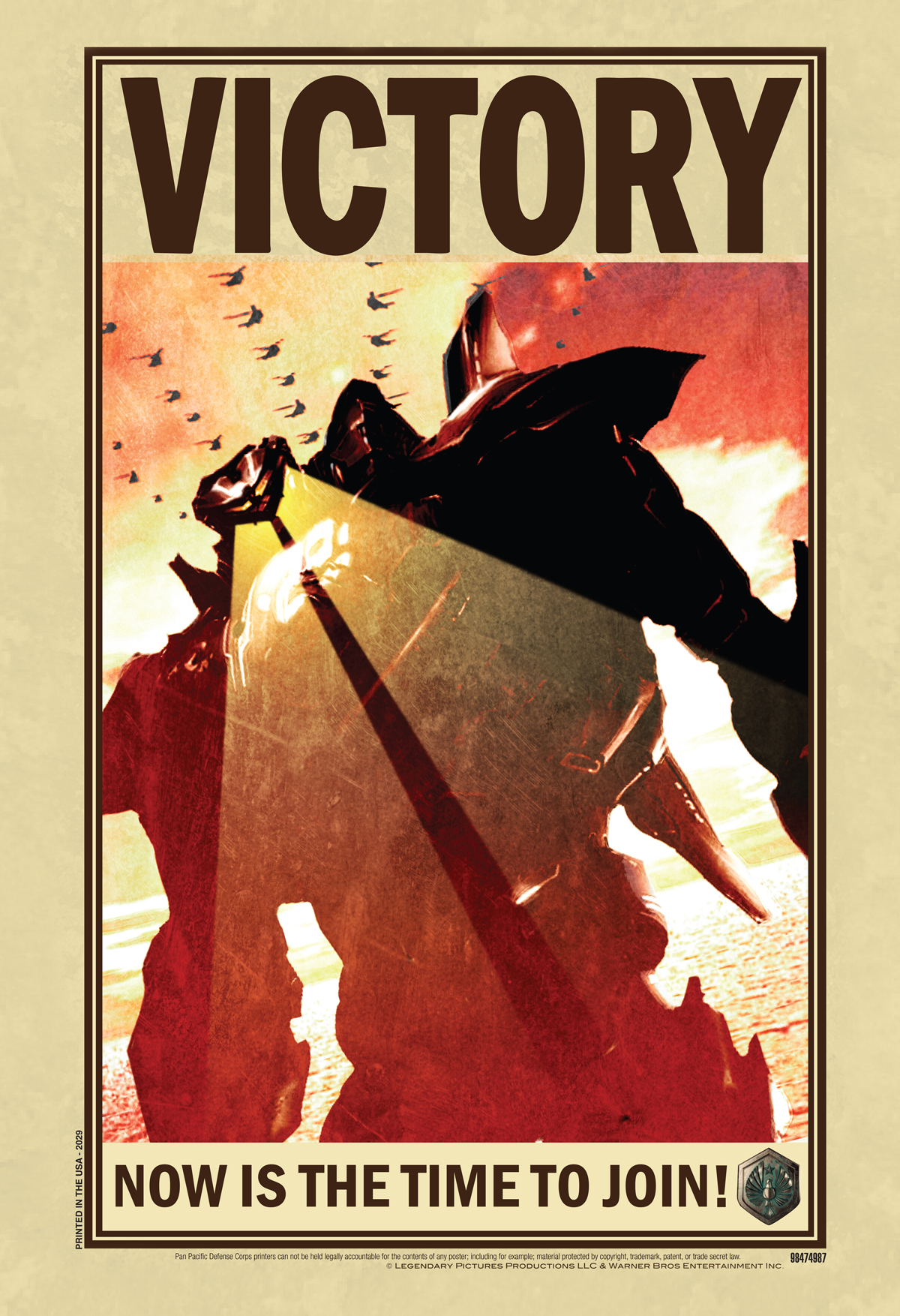NY Comic Con: Guillermo del Toro on the greatness of Comics
Why are we so drawn to comics and fantasy?
Oct. 15, 2012— -- With more than 100,000 people attending the New York Comic Con during the last four days, convention organizers seem to have found a winning formula to reach a wide fan base. This year, even unusual comic book partners like Chevrolet joined in to compete for the attention and wallets of what was once considered a reclusive fanboy club.
However, both marketers and advertisers have finally discovered through popular mainstream shows like the Big Bang Theory that beneath the colorful superhero outfits, behind the fleshy layers of zombie make-up, or the lifetime collections of fragile memorabilia, is a diverse group of people that shares the same universal values as many other mainstream Americans.
But while comic books may have become more consumer-oriented, the soul of Comic Con is still guarded by its most devout believers who travel at least once a year in a pilgrimage of sorts from different parts of the globe, not only to share in the dream of saving the world, but also to save themselves. This desire to have a direct stake in where and when we live, to celebrate the highest versions of ourselves, is what compels many fans of all ages to dress up in costume at the New York convention and rekindle their spirit of adventure.
For other comic book connoisseurs, Comic Con is also a special place where visitors can be reminded of how comic books are one of the most profound sources of truth. "Comics, and fantasy in general, are tremendous vehicles for metaphor and reflection," the Mexican director Guillermo del Toro told Univision News. "The same existential truths that you could find in Albert Camus or in John Milton's Paradise Lost can also be found in the story of Frankenstein's monster."
Fantasy, and horror for that matter, is universally appealing because of the rich layers that make up each story. Del Toro's film Pan's Labyrinth, for instance, can speak specifically to Spanish viewers because it tells the story of violent repression during the 1940s in Francisco Franco's totalitarian Spain. But for the descendants of native peoples in the Americas, the movie can also capture the ferocity of European colonizers in the hemisphere. The evil characters in del Toro's film are often depicted on horseback-like invaders, comparable to the way that Cortes and his soldiers must have first appeared to the Aztecs, or the British and French cavalries must have looked like to wandering Indian tribes further north.
Pan's Labyrinth could also appeal to audiences farther east in countries like Russia and Japan because of the way it explores the relationship between reality and fantasy. At the end of the film, as Ofelia lays dying, viewers can see how she will continue to live in a fairytale underworld, very much like the heroic actions of others endure in our memories and imaginations long after those people are gone.
Similarly to del Toro's film, the New York Comic Con can also present visitors with evidence of supernatural acts or miracles if they are attentive enough to find them. At the Legendary Comics panel last Friday evening, which included presentations from Scottish superhero comic book creator Grant Morrison and Guillermo del Toro, fans were able to see the British actor Idris Elba resurrect to life in the 2013 film Pacific Rim after American audiences had already seen his character violently executed at the end of season three in HBO's The Wire. Fans of course had seen Elba come back to life before on NBC's The Office, but the transformation was never so antagonistic. While he played a greedy, unethical drug family underboss in The Wire, del Toro's Pacific Rim video clip presented him as a robust community-focused hero.

The new Pacific Rim poster, at seen at NY Comic Con 2012.
"Today, at the end of our hope, at the end of our time, we've chosen to believe in each other," said Elba with a booming British accent on video while dressed in black armor. While the video was too short to give substantial story details beyond Pacific Rim's colossal "Monsters v. Robots" theme, the mood of the clip was definitely in tune with the overall atmosphere of the convention. Del Toro had described earlier that his motivation for making the film was to present a genuine adventure story where the objective of each battle was not to obtain money or fame, but to reconnect with a deeper sense of humanity. And in a way, Pacific Rim seems like it might be able to pull off that romantic sensibility. The pilots of the robots look more like worn knights with clunky medieval-like armor instead of the modern chic outfits worn by the aeronauts in other sci-fi and space travel films. Del Toro also explained that his pilots have much more at stake because they are psychologically and physically connected with their robots, suffering every scratch and dent that they encounter in combat. Fans of Pacific Rim, the director announced, will be able to appreciate a fuller background story in the prequel comic scheduled to be published in June 2013.
Even though a city like New York is not the most opportune place to look at the world through the armored visor of a knight, Comic Con showed visitors that good adventure stories, like fantasy and horror, can teach us knightly virtues of patience, courage, and tolerance; as well as appreciate the circumstances that make us feel different.
And by understanding how someone feels as an individual, it will compel us to empathize with the needs of others.